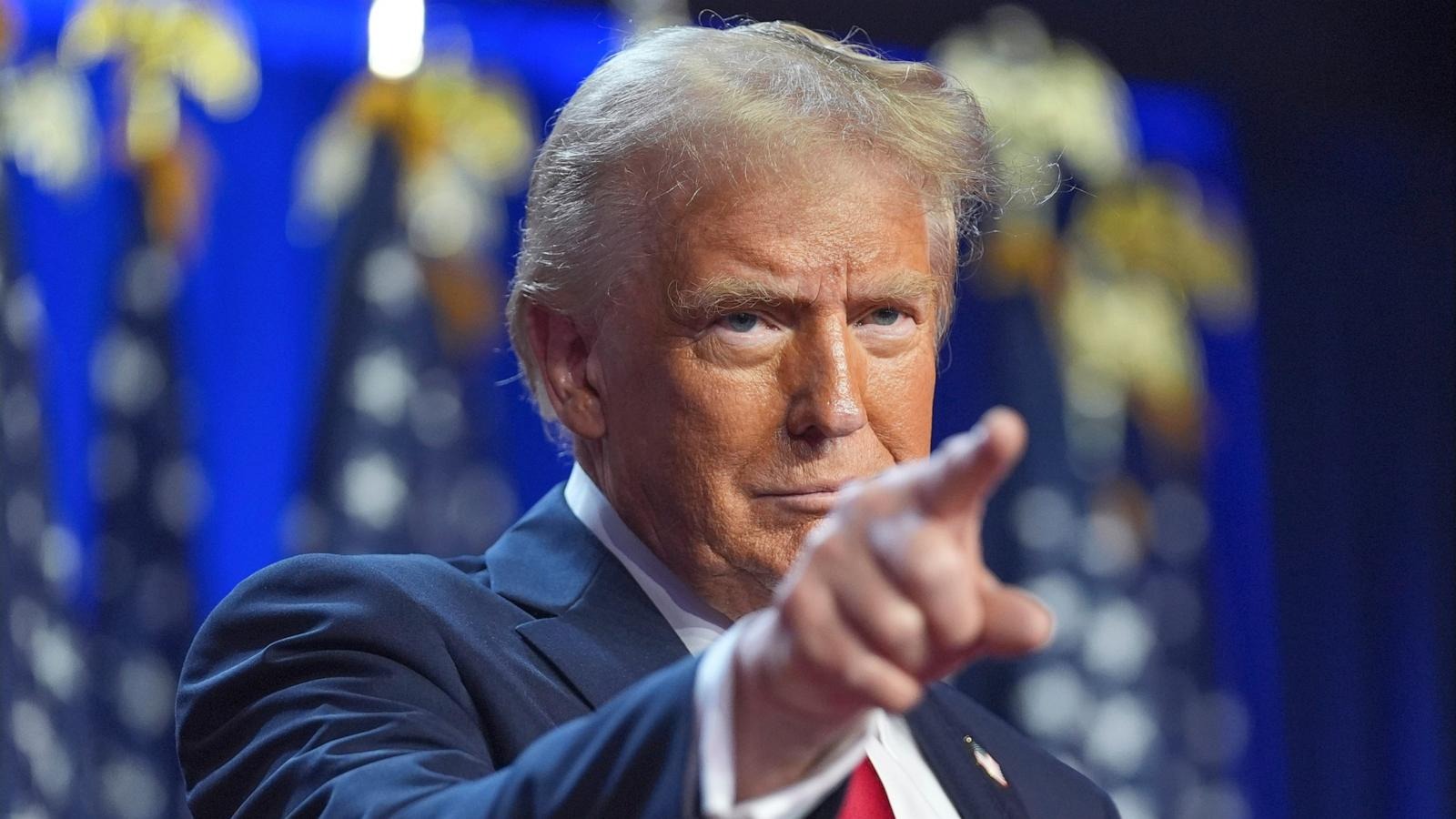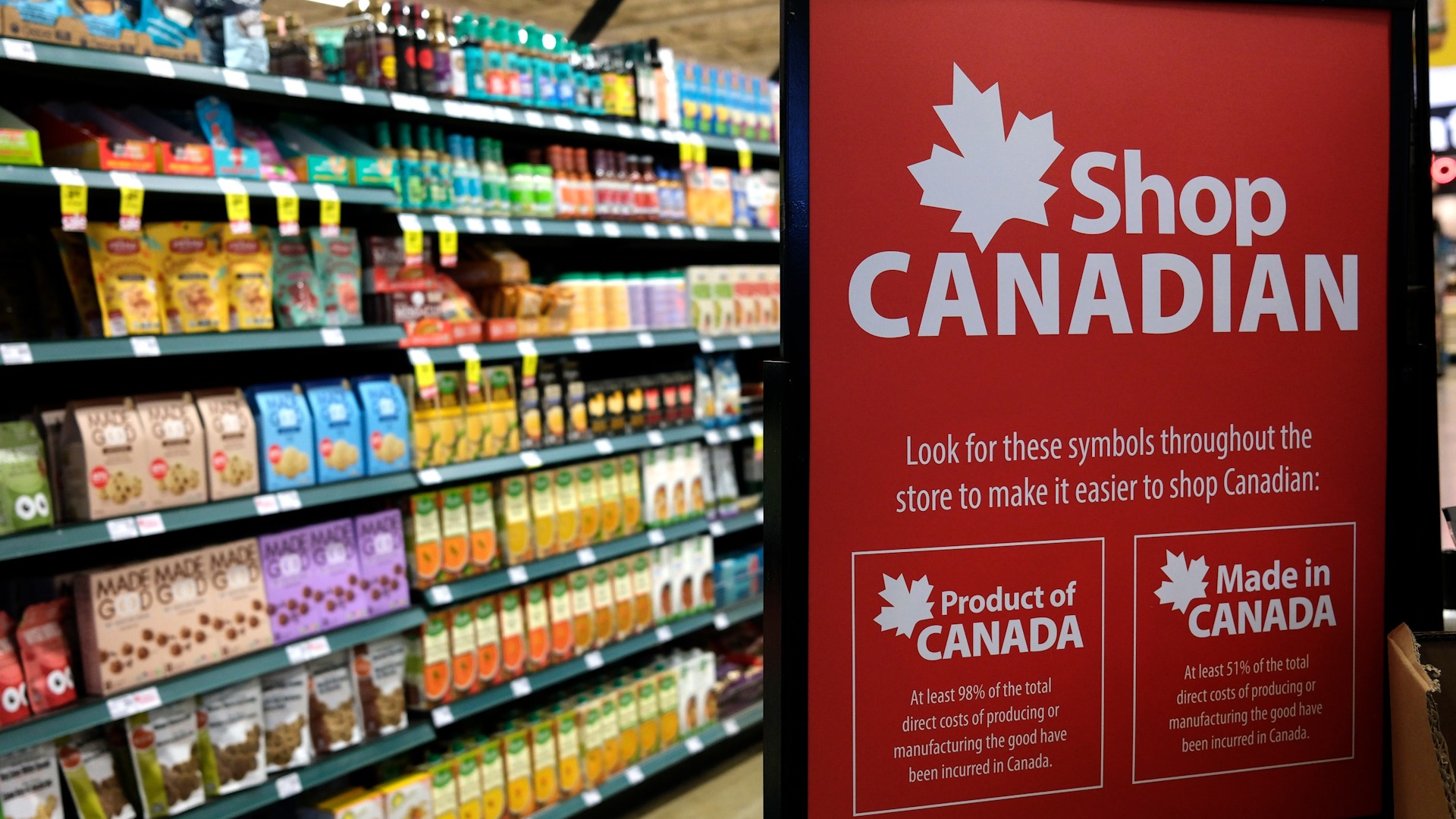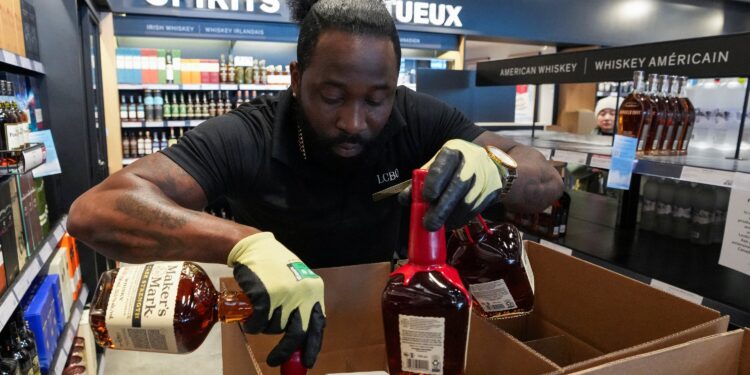Once President Donald Trump directed his attention toward Canada, one North American country found itself pushed aside completely. Chris Haslett, who oversees operations at a bar, expressed strong disapproval. “This is unacceptable,” he said.
“Go ahead with your tariffs if you want, but don’t insult or threaten people.” He explained that their refusal to serve American alcohol has become a personal matter. Trump had referred to Canada as the “51st state” while threatening to introduce sweeping tariffs.

That approach angered many Canadians, leading to widespread rejection of American-made goods and a growing “Buy Canada” campaign that now poses challenges for the American economy. On April 28, Canadian citizens cast their votes and chose Mark Carney as their new prime minister.
That election was shaped by widespread frustration toward Trump. Carney’s Liberal Party overcame a major 24-point deficit behind the Conservative Party, which had the backing of Elon Musk, and ended up winning a parliamentary plurality due to an unexpected rise in patriotic support.
The stock market reacted negatively, and Trump later took back some of the tariffs. However, levies on steel, cars and aluminum still remain in place.
Americans Products No Longer a First Choice
Many Canadians, shocked by both economic pressure and verbal attacks from a country they once considered a close partner, have started to abandon American goods they used to enjoy.
Loblaws, a supermarket chain that has over 2,400 locations across Canada, began marking locally made items with a maple leaf symbol. Shortly after Trump’s threats in March, the company also said it would place a black “T” label on products hit by tariffs.
Jane Gibson, an 80-year-old shopper, said she now buys fruit juice she doesn’t really like. That’s the price she is willing to pay, all because of Trump’s push to label Canada as an extra U.S. state.
“That’s not going to happen,” she stated while shopping in Toronto. “I’d be ready to head to the border with a pitchfork if I had to.”

Homegrown Push Could Bring Billions
Peter Sweeney, 51, shared his own views. He believes Canadians will pull together and find strength by focusing on their local economy. He explained, “The goal is to stand united and prove that we can manage without needing help from America.”
Economic analysts estimate that this turn toward Canadian products could boost the national economy by as much as 10 billion Canadian dollars. The gross domestic product could also rise by about 0.3 percentage points, based on estimates shared by Robert Kavcic, a top economist at BMO Capital Markets.
While the added economic activity does not cancel out the full effects of trade tensions, Kavcic said it will give the Canadian economy a bit of support.
Since Trump’s changing positions on tariffs have left many uncertain, the real impact of these moves is still being evaluated. An analysis from the Peterson Institute for International Economics said that if a 25% tariff is applied to all Canadian exports to the U.S., it could reduce Canada’s GDP by 1.3 percentage points by the year 2027.






















